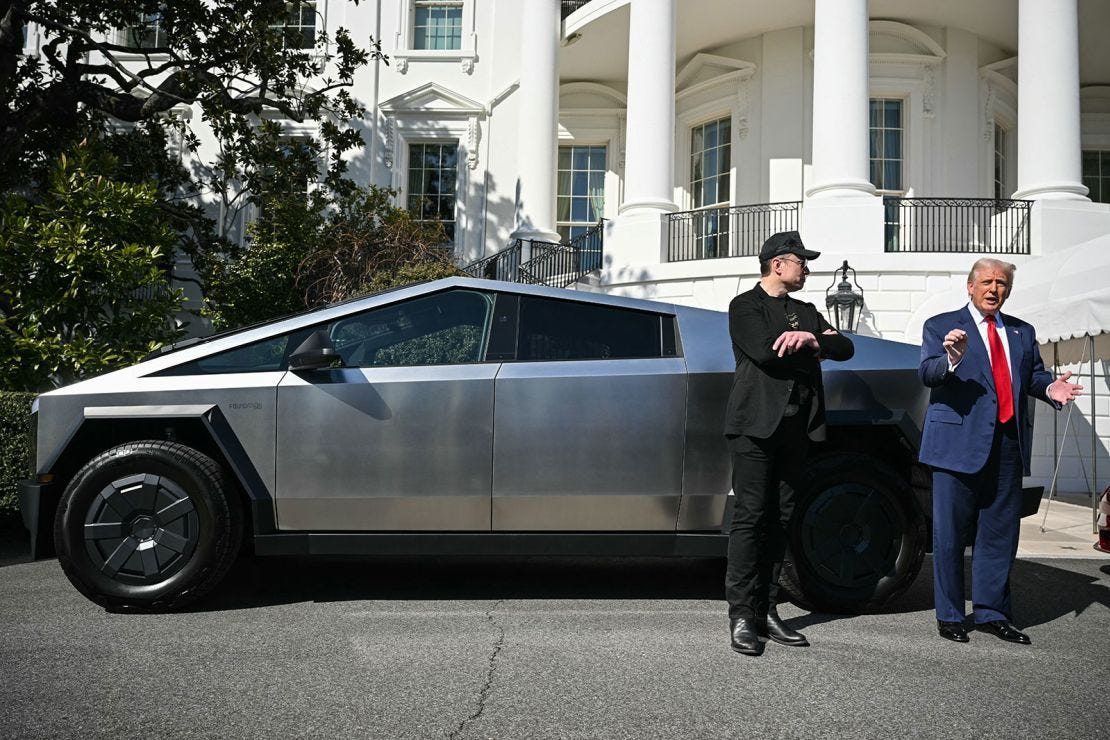The recent pessimism surrounding Tesla’s stock is, in many ways, a familiar pattern in its storied history—periods of exuberance followed by moments of panic, each fueling the next dramatic turn in valuation. As it stands today, Morgan Stanley’s assertion that Tesla is poised for a 300% surge may seem audacious, yet history suggests such a transformation is well within the realm of possibility. More importantly, the argument supporting this thesis rests not on blind optimism, but on a compelling intersection of market forces, technological evolution, and the peculiar psychology of Tesla’s investors.
A fundamental premise of Morgan Stanley’s call is that Tesla is not merely an automaker but an "embodied AI compounder"—a term that captures its ability to integrate artificial intelligence into real-world applications at an unmatched scale. This places it in a unique position within the broader tech ecosystem, particularly as the world inches closer to widespread automation and AI-driven mobility. While competitors may dabble in AI, Tesla’s vertically integrated approach—spanning chips, software, data collection, and fleet deployment—makes it the company best positioned to extract meaningful value from these advancements.
Skeptics point to Tesla’s recent sales slump—a 45% year-over-year decline in January—and a brutal 15.4% single-day drop in stock price as evidence that its once-unshakable dominance is eroding. But history tells us that Tesla’s stock often behaves less like that of a traditional automaker and more like a high-growth technology company. Market sentiment for such stocks can shift abruptly, particularly when pivotal events signal a dramatic shift in narrative. For Tesla, these catalysts are already forming.
One of the most significant is the impending "Austin Robotaxi" unveiling, an event that could serve as a watershed moment for Tesla’s AI ambitions. Autonomous vehicles remain one of the most elusive, yet potentially transformative, technological breakthroughs of the 21st century. Regulatory hurdles have long dampened investor enthusiasm, but if Tesla can demonstrate a near-ready product with a viable path to deployment, it could catalyze a major sentiment shift. Moreover, Federal rulemaking on autonomous driving could further solidify Tesla’s leadership position in this space, adding another layer of credibility to its AI-driven future.
Then there is Optimus, Tesla’s humanoid AI project. Once dismissed as a futuristic side endeavor, Optimus is beginning to attract serious attention as a potential long-term driver of Tesla’s growth. If it follows the viral trajectory of other tech phenomena—akin to the way Dogecoin captured retail investor enthusiasm—it could provide an unexpected tailwind for Tesla’s valuation. The market has a long history of pricing in grand visions before they materialize; Optimus has the potential to become one such driver.
Political factors, often underappreciated in stock analysis, also favor Tesla’s resurgence. The endorsement of Tesla by President Trump—alongside his own purchase of a Tesla vehicle—signals a shift in sentiment among a key demographic. This may translate into both consumer and investor enthusiasm, particularly if Tesla finds itself aligned with policy decisions that support domestic manufacturing, AI leadership, and regulatory clarity for autonomous vehicles. The ability to navigate political currents has long been a hallmark of Tesla’s success, and this latest development only adds to its potential upside.
Despite its recent struggles, Tesla’s valuation remains compelling. With a forward-looking perspective, Morgan Stanley sees Tesla trading at a mere 19x projected FY30 P/E ratio and a 10x EV/EBITDA multiple—figures that, in the context of a rapidly evolving AI landscape, make its current price appear more like an opportunity than a cautionary tale. The key is perspective: the market often struggles to correctly price disruptive companies in moments of transition. When sentiment shifts, valuations can recalibrate with astonishing speed.
Moreover, volatility itself is a feature, not a bug, when it comes to Tesla’s stock. Over the past decade, Tesla has shown an unparalleled ability to cycle through periods of extreme pessimism and euphoric rallies. This inherent volatility, while unnerving to some, has created some of the most lucrative buying opportunities in modern market history. If the prevailing sentiment swings back to seeing Tesla as the ultimate AI winner, rather than a company mired in management distractions, the market’s reassessment could be swift and dramatic.
The notion that Tesla could reach $800 per share may seem aggressive, but given its history of rapid valuation swings and the tangible catalysts ahead, it is not far-fetched. The market’s tendency to overcorrect in both directions suggests that the recent downturn has created an opportunity for those willing to take the long view. If Tesla can effectively navigate its upcoming milestones—robotaxi deployment, regulatory tailwinds, and AI-driven expansion—the foundation is in place for a dramatic resurgence.
Morgan Stanley’s call, then, is not mere speculation. It is an acknowledgment of Tesla’s unique position at the intersection of AI, automation, and market psychology. While risks remain, so too does the potential for another historic rally. For those with a long-term perspective, the present uncertainty may well be the ideal entry point before the next parabolic move.
If you don't already please follow @amuse on 𝕏.





